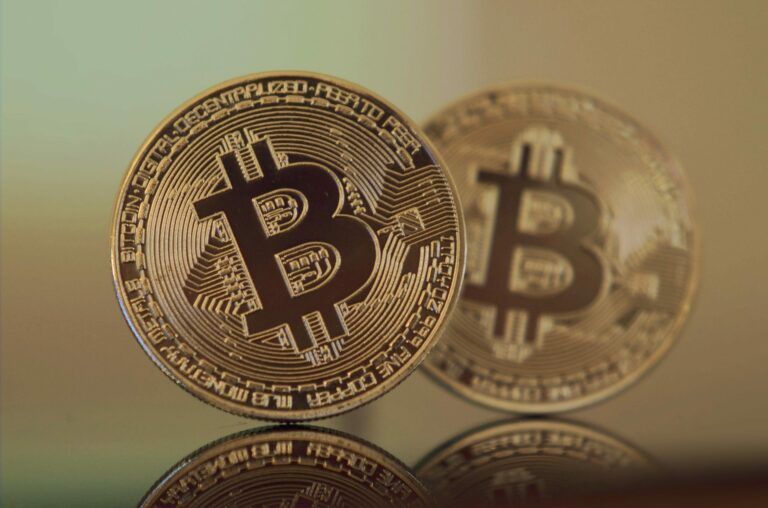Vijay Boyapati, a widely-followed Bitcoin (BTC) analyst, recently published a detailed Twitter thread regarding the potential impact of bitcoin’s block reward halving event – which is now less than a year away.
1/ The #Bitcoin block reward halving is less than a year away. How does the halving interact with Bitcoin’s recurrent hype cycles, is it the cause of Bitcoin bull markets and what can we learn from past halvings?
Let’s explore these questions in a thread 👇
— Vijay Boyapati (@real_vijay) June 24, 2019
In a series of tweets, Boyapati explained how the BTC halving event “interacts” with the pseudonymous cryptocurrency’s “recurrent hype cycles.” The former software engineer at Google questioned whether crypto bull markets may be attributed to bitcoin’s hype cycles, while also noting what was learned from previous BTC mining rewards halvenings.
“Constant Downward Pressure” on BTC Price Exerted When Miners Sell
According to Boyapati, crypto miners are essentially running “marginal” businesses as most of them sell the bitcoins they mine to cover operational costs. The Bitcoin protocol releases new bitcoins at approximate time intervals of (every) 10 minutes.
When miners sell their bitcoins, the crypto’s price is affected by “a constant downward pressure”, Boyapati noted. He added that “without new money” entering the digital asset market, BTC’s price would begin falling sharply. According to his estimates:
At a BTC price of $10,000 approximately $14 million dollars must enter Bitcoin to offset the downward selling pressure.
He continued: ”During the [cryptocurrency] bull market, demand far outstrips miner sell pressure, but eventually the cycle ends and miner sell pressure is amplified by investor’s fear selling.”
Once the selling pressure has been “exhausted”, the market cycle “reaches capitulation”, Boyapti argued. He also mentioned that the downward pressure, which results from miners selling, is then “equipoised” with the upward pressure imposed by bitcoin investors who refuse to sell. This group of bitcoin holders (or “HODLers”) think of BTC as a legitimate store-of-value (SoV). Due to these types of market activities, the bitcoin price reaches a “steady plateau”, Boyapti stated.
Hype Cycles “Only Create a Temporary Equilibrium”
He further noted that the “price plateau of the classic Gartner hype” (excitement and investor enthusiasm created due to new technological developments like bitcoin) is “only a temporary equilibrium.”
Boyapati also pointed out:
While supply and demand are evenly balanced during the plateau, the Bitcoin halving disrupts the equilibrium by halving the sell pressure.
After a BTC halving event, which effectively reduces the daily supply of newly minted bitcoins by half their previous rate, Boyapti believes:
The equilibrium demand of HODLers now exceeds miner sell supply, tending to move Bitcoin’s price upward.
He explained that the upward BTC price movements eventually begin to “feed” on themselves and usually result in the “next” crypto market bull run. It’s also at this time that new investors enter the digital asset ecosystem, Boyapati noted.
Does Crypto Market “Discount Halvings A Year In Advance?”
The former application developer believes that financial markets “do not mechanically react to known future events.” Moreover, he emphasized that bitcoin halving “occurs on a predictable schedule.”
He went on to claim that markets “anticipate” important future events and that it seems, from past experience, that the “market discounts halvings about a year in advance.”
Boyapti also pointed out:
[Historically,] the Bitcoin market begins its upward ascent about a year before the halving, and about a year after the halving goes parabolic. But markets anticipate, so this [may] happen faster this time…It appears…Bitcoin halving is a key fundamental driver of Bitcoin’s monetization.









